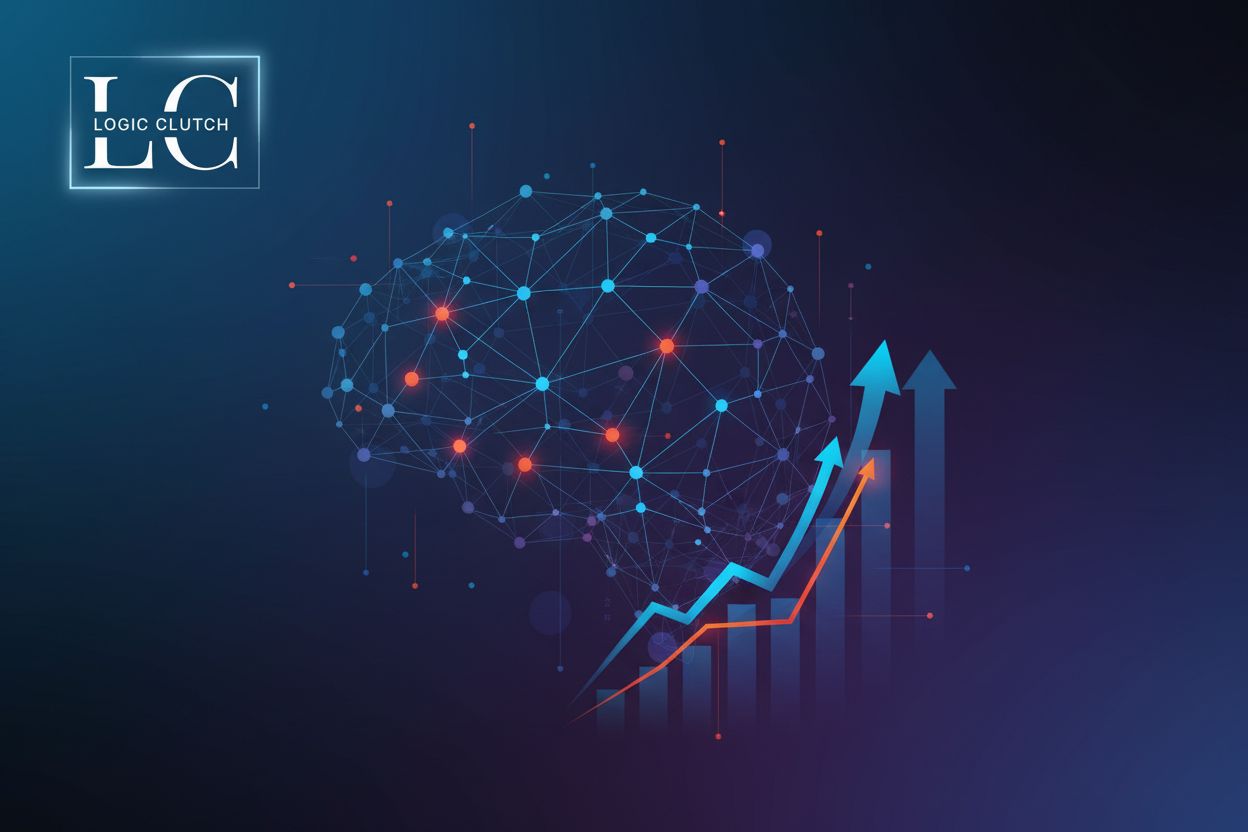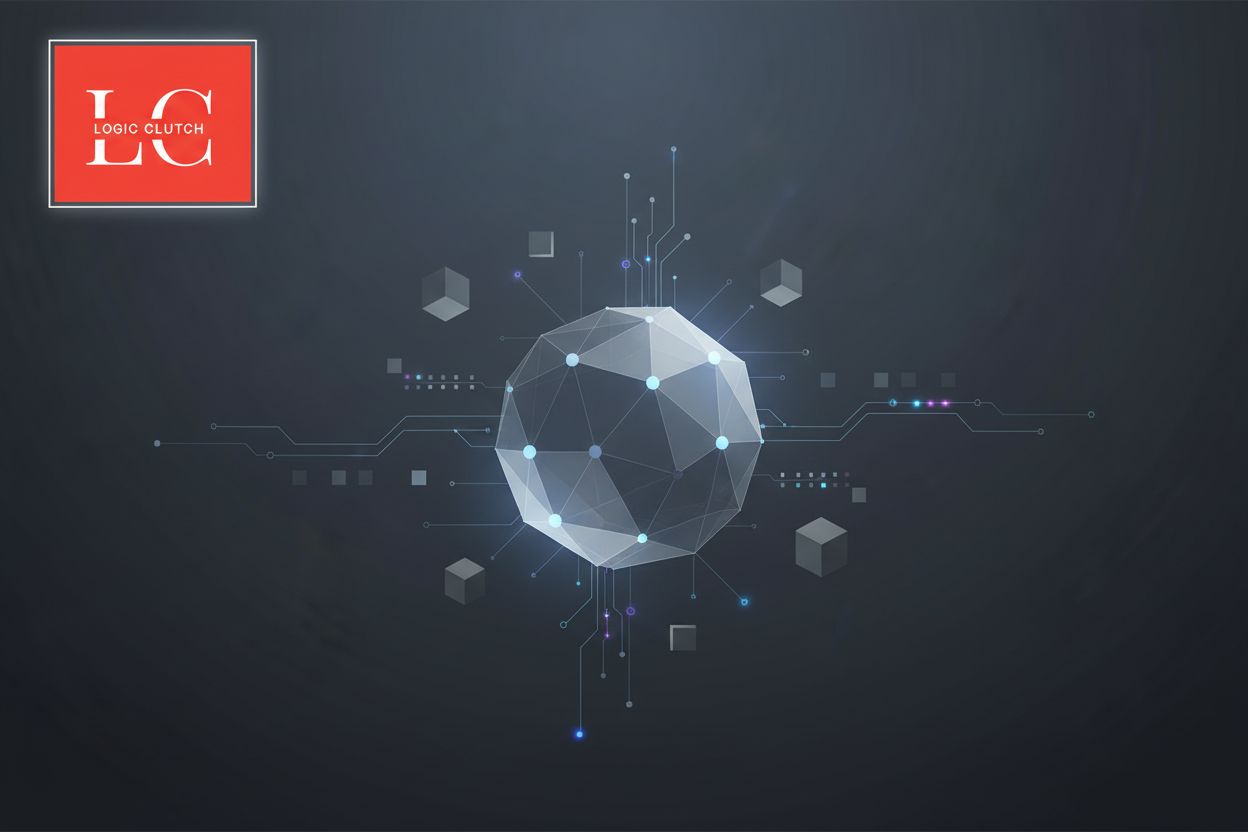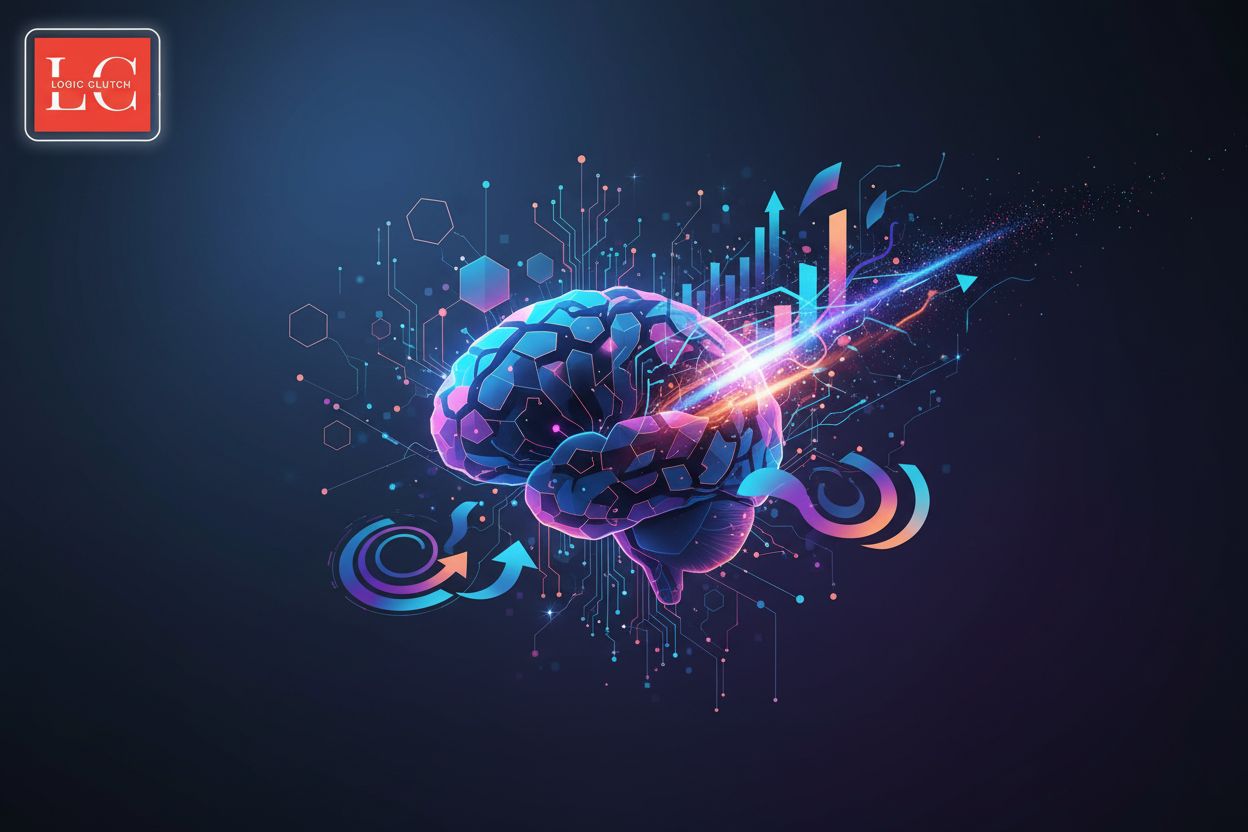Unlock Enterprise Data Potential with Salesforce Data Cloud
TL;DR
Understanding Salesforce Data Cloud The Foundation of Data Intelligence
Okay, so you've got a ton of data, right? But is it actually doing anything for you? Probably not as much as it could. That's where Salesforce Data Cloud comes in. It's all about unlocking the potential of your data.
Here's the gist:
Data Cloud is a platform built on the Salesforce platform that breaks down data silos – no more information stuck in different departments. It works with your existing systems, so, you know, you don't have to throw everything out and start over. Salesforce Data Cloud
It's different from traditional data platforms. Instead of just storing data, it's designed to activate it. It's about making that data useful across your sales, service, and marketing efforts.
Think of it as the engine powering your Customer 360. It gives you a complete view of your customers, making personalization way easier. For example, a healthcare provider could use it to personalize patient care, or a retailer could use it to offer tailored promotions.
Data Cloud uses low-code tools so that anyone can use their data. It integrates with platforms like Snowflake, so you don't have to copy your data.
Basically, it's about making your data work smarter. Now, we'll dive in deeper to explain what it actually is.
Key Features and Capabilities of Data Cloud
Data integration – sounds boring, right? But it's actually where the magic starts to happen with Data Cloud. After all, you can't really do anything with your data if it's all stuck in different places.
So, what are the key features for getting all your data connected?
Zero Copy Integration: This is a big deal. Data Cloud lets you connect directly to data in platforms like Snowflake, Databricks, Google BigQuery, and aws - without moving or duplicating the data. Salesforce Data Cloud This means near real-time access and less hassle.
Pre-Built Connectors: Got data in SAP, Shopify, or Zendesk? There's probably a connector for that. Data Cloud boasts 200+ pre-built connectors to pull data from all sorts of sources, making integration way easier.
Handles All Kinds of Data: Whether its structured stuff like databases or unstructured data like text and images, Data Cloud can handle it. This is key for getting a complete view of your customer.
Here's a quick look at how data flows into Data Cloud:
Imagine a retailer using this to combine sales data from Shopify, customer service data from Zendesk, and financial data from SAP. All that info flows into Data Cloud, building a single, unified view of each customer.
Now, what happens once all that data is inside Data Cloud? Well, that's where data harmonization and governance comes in – which we'll cover next.
Data Cloud in Action Real-World Use Cases
Alright, let's dive into how Data Cloud is actually being used... I mean, what's the point of all this data if it's not, ya know, doing anything? Turns out, it can do a LOT.
Sales teams are using it to boost productivity. Imagine a sales rep knowing exactly what a customer is interested in before they even pick up the phone? By integrating purchase history and website activity, they can personalize the conversation and close deals faster. This kind of insight, helps convert leads into sales, like, a lot faster.
Service teams are improving customer satisfaction; big time. Instead of asking customers the same questions over and over, agents have all the info they need right in front of them. Accessing product engagement and device telemetry data means they can resolve issues efficiently, keeping customers happy and reducing churn.
Marketing teams are getting way more targeted with their campaigns. Instead of blasting everyone with the same ads, they can segment customers based on, like, a million different factors. Then, they send those segments to advertising platforms like Google and meta for personalized ads.
So, how does this all actually work? Well, let's get into the nitty-gritty of harmonization and governance.
Implementing Data Cloud Best Practices and Considerations
So, you're ready to roll out data cloud? Awesome! But before you dive in—lets cover some best practices.
Data governance is key. Policy-based governance, ai tagging, and Private Connect are a must to keep things secure.
Integration needs a plan. Pre-built connectors and zero copy integrations are great, but you gotta consider data modeling too.
Basically, planning and security are crucial for success, so don't skip 'em. Now, go unlock that enterprise data!







